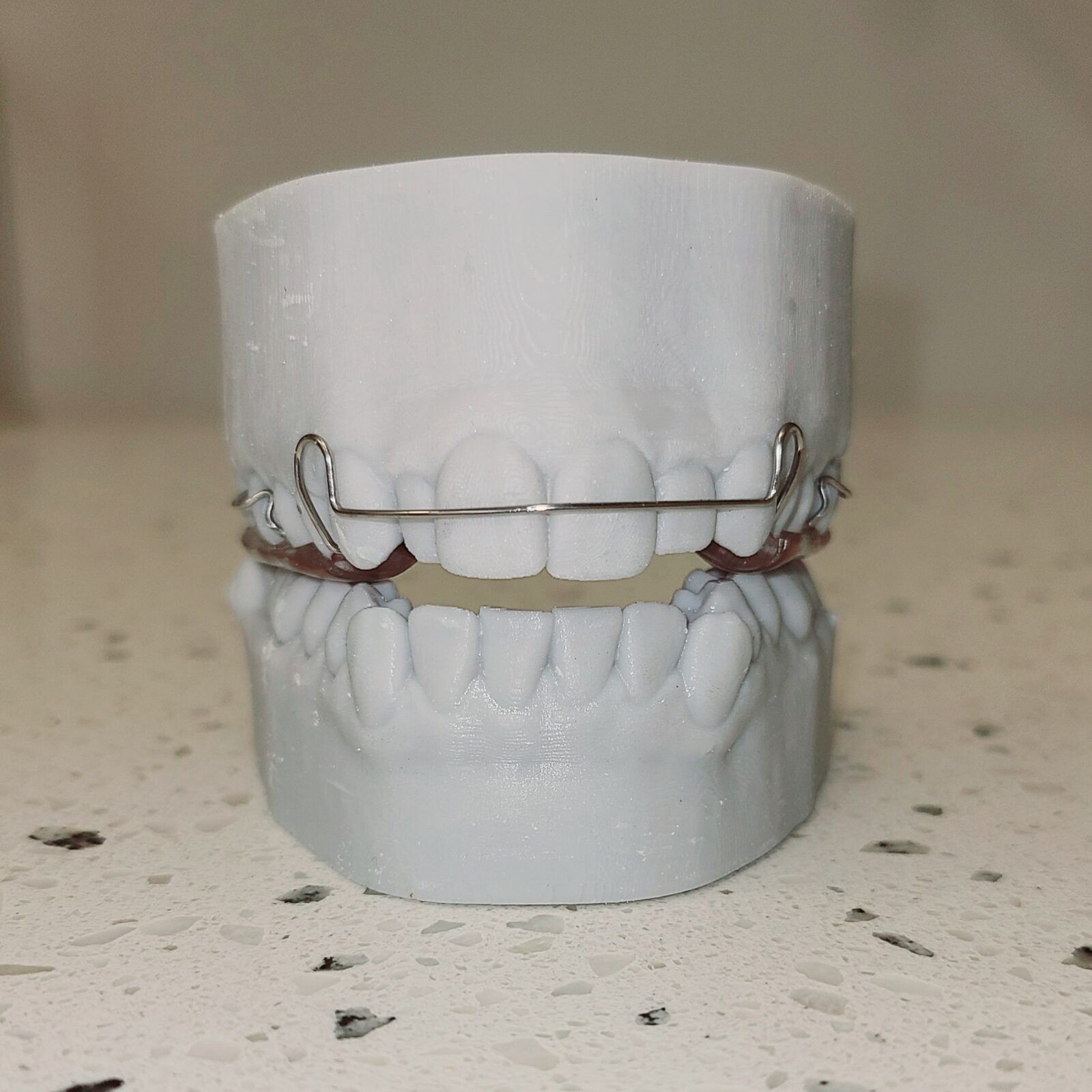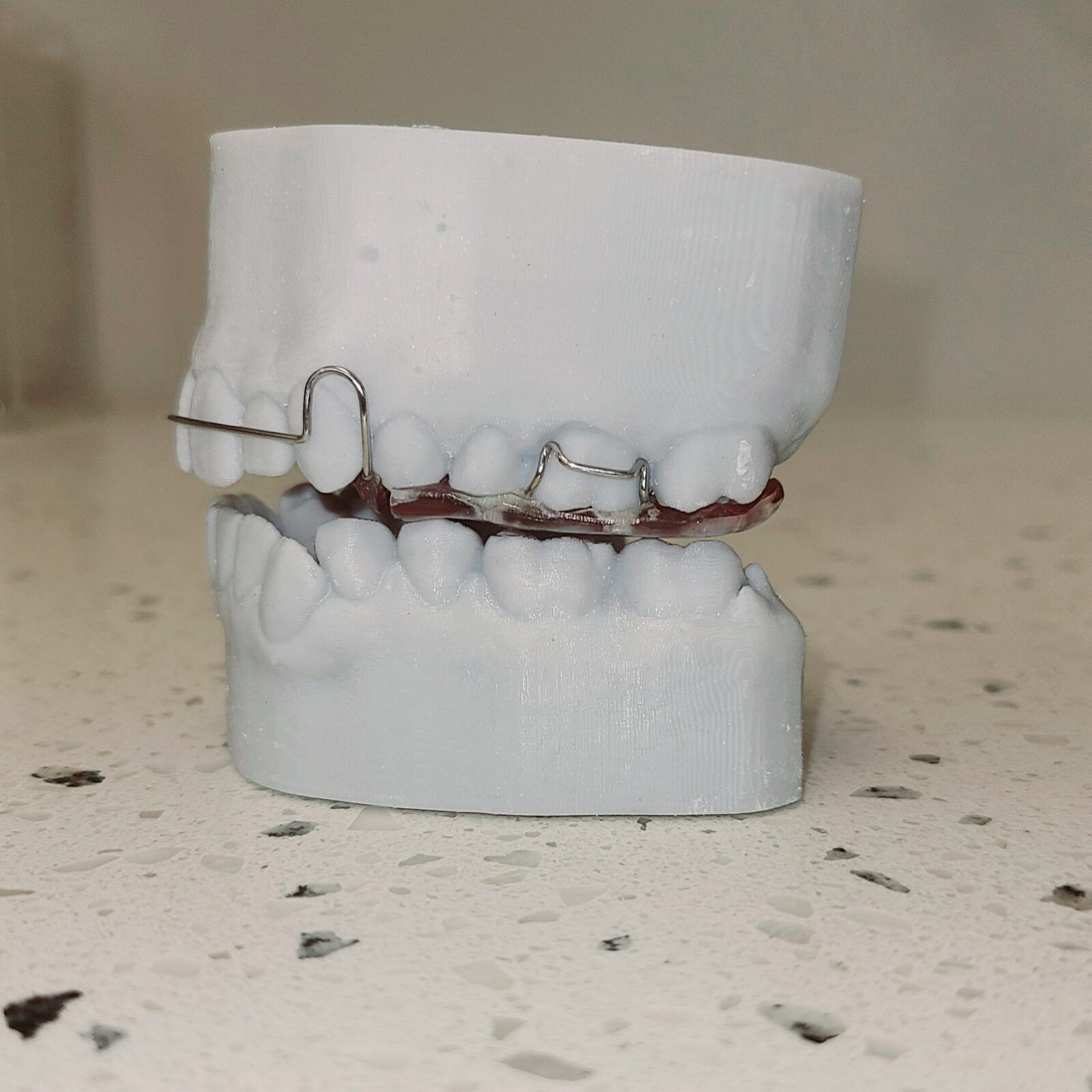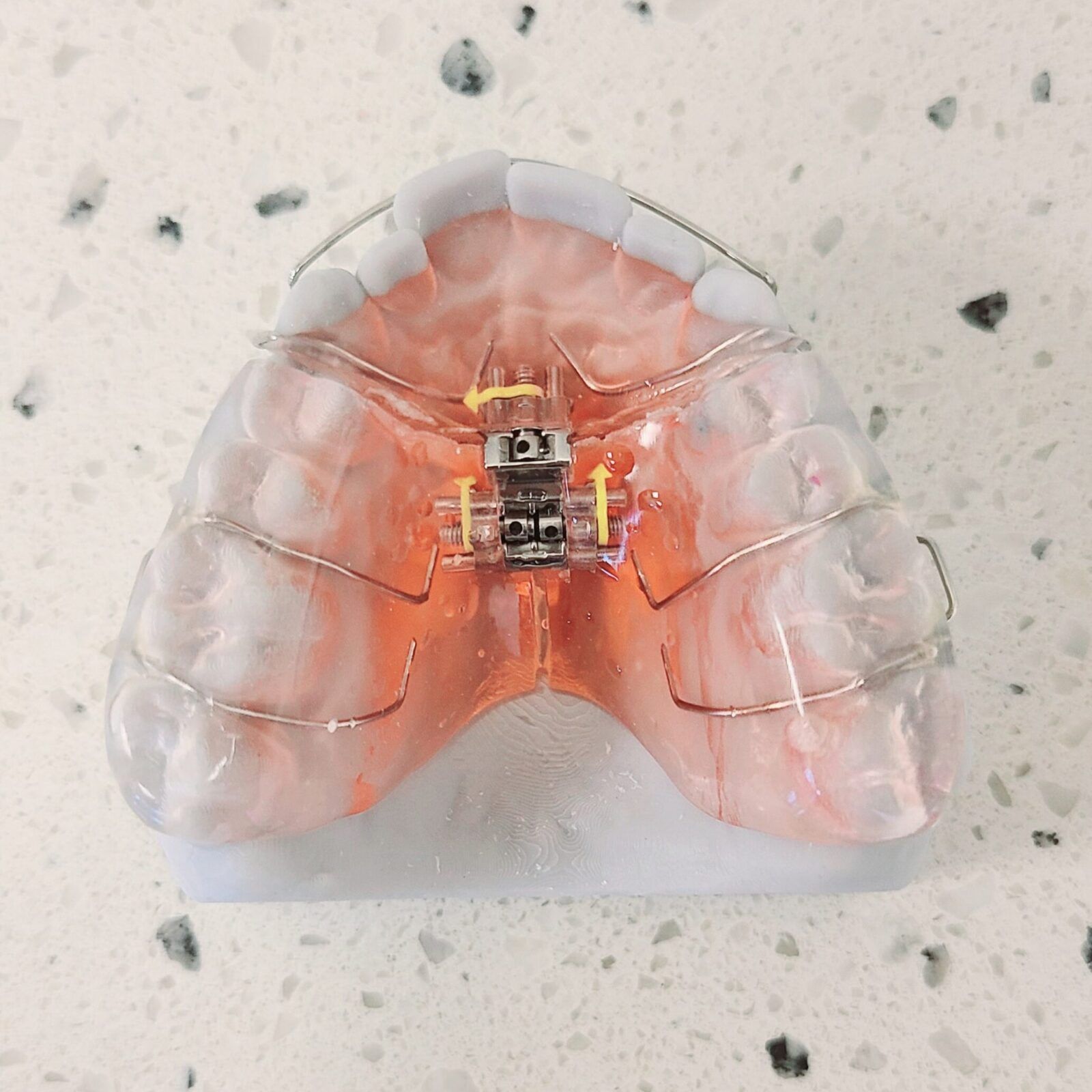The underdevelopment and misalignment of both the maxilla (upper jaw) and mandible (lower jaw), often coupled with poor body posture, contribute to the complexity of sleep-disordered breathing. In developed countries, the shift towards a diet of softer, more processed foods has altered the normal development of facial bones and muscles. Another factor is the decrease in the number of mothers nursing their babies for two years or more. This, along with the frequent use of pacifiers, results in underdeveloped lower faces in children.
This has affected children as young as two years old. These breathing issues cause millions of children and adults to endure the ongoing stress of the inflammatory effects of reduced oxygen levels in the blood, and fragmented sleep.
This leads to severe long-term effects, such as diabetes, hypertension, stroke, heart attack, premature death, and various endocrine and metabolic disorders. To address these issues, specialists—including general practitioners, dentists, and surgeons—have developed numerous solutions. These range from a variety of surgical attempts to reshape the maxilla, mandible, and soft tissues to uncomfortable appliances that cover the face, all aimed at keeping the airway open. Although some of these approaches provide relief, they fail to correct the structural deficiencies at the root of the problem.
Medical research has shown that bone growth can be stimulated in both children and adults, leading to significant changes in the width of the maxilla and mandible. This correction has been effectively achieved through biomimetic oral appliance therapy.
Prescription of a Biomimetic oral appliance follows precise measurements of posture, maxilla and mandible width, and 3D imaging of teeth and palate. Each custom appliance is worn as long as 16 hours a day for optimum correction.
Both maxillary hypoplasia and mandibular retrusion have been effectively corrected with biomimetic oral appliance therapy in conjunction with clear aligners. As correction takes place over a period of 12 to 24 months, the shape of the face and profile of the patient often take on an improved symmetry and more desirable balance.
Most patients tolerate the biomimetic oral appliance well, leading to high compliance and satisfactory outcomes.







